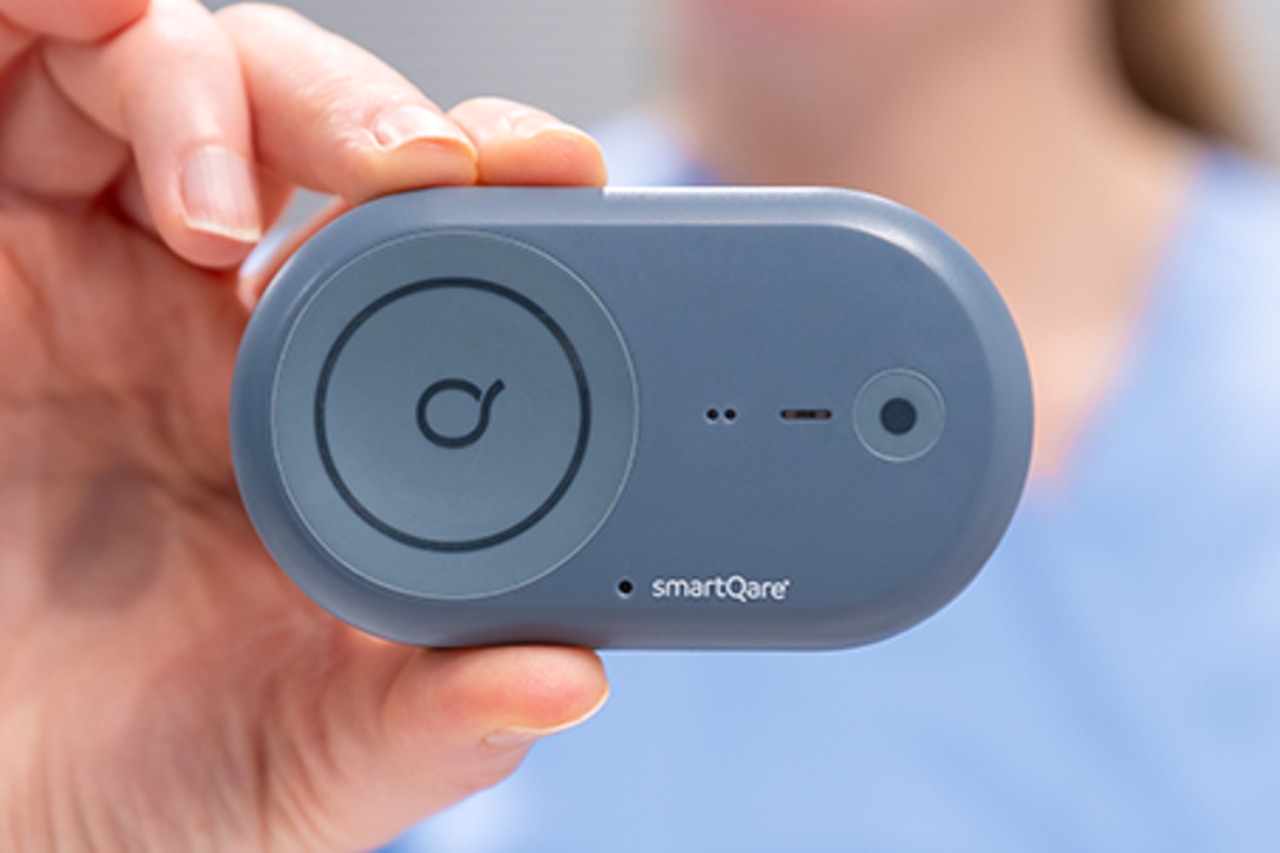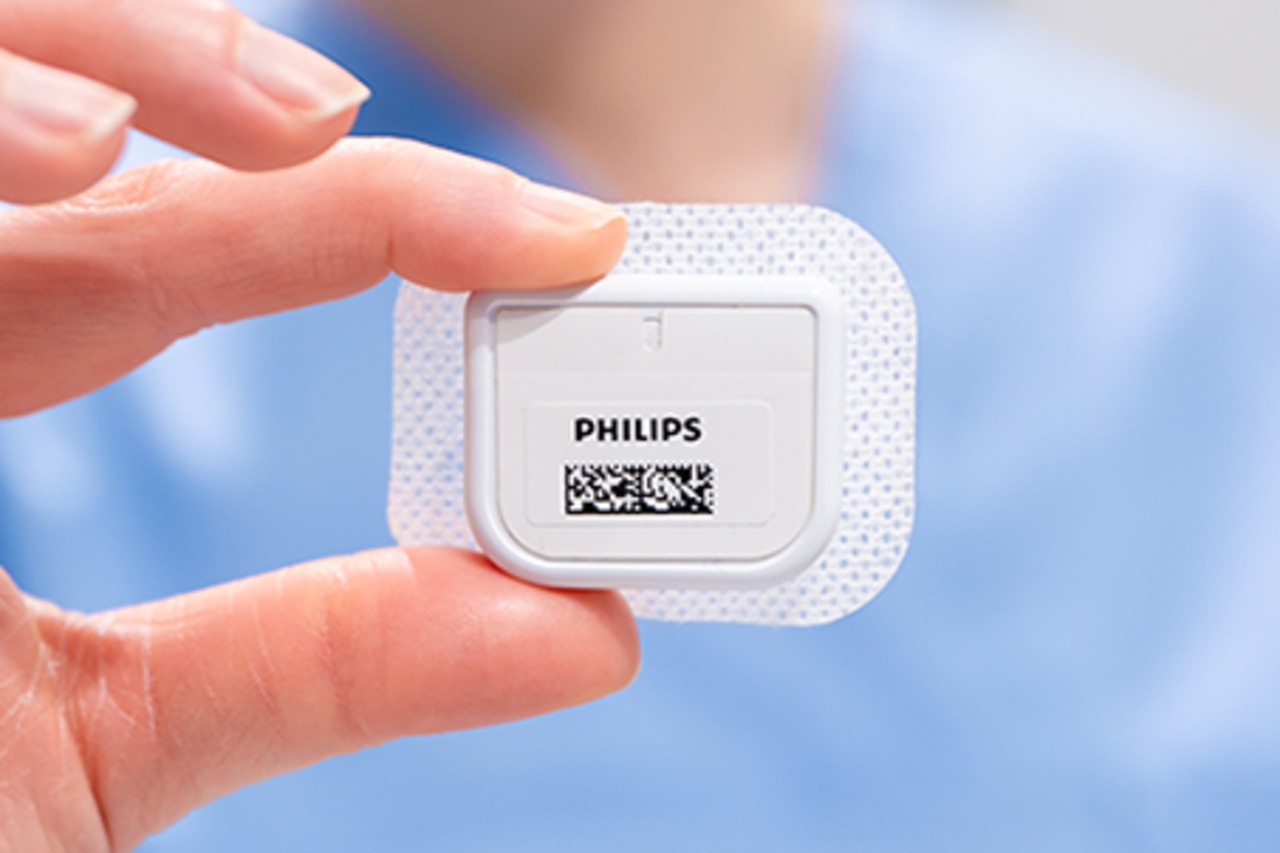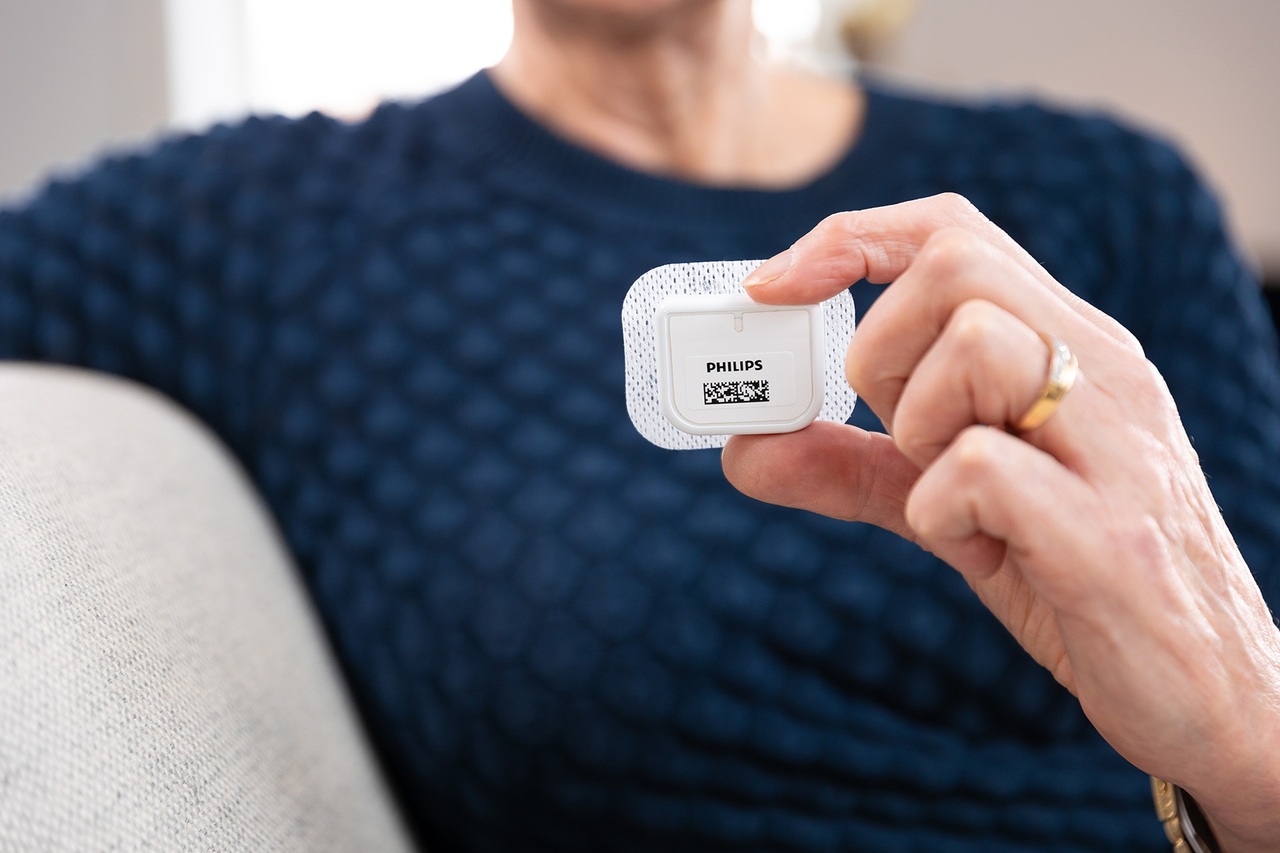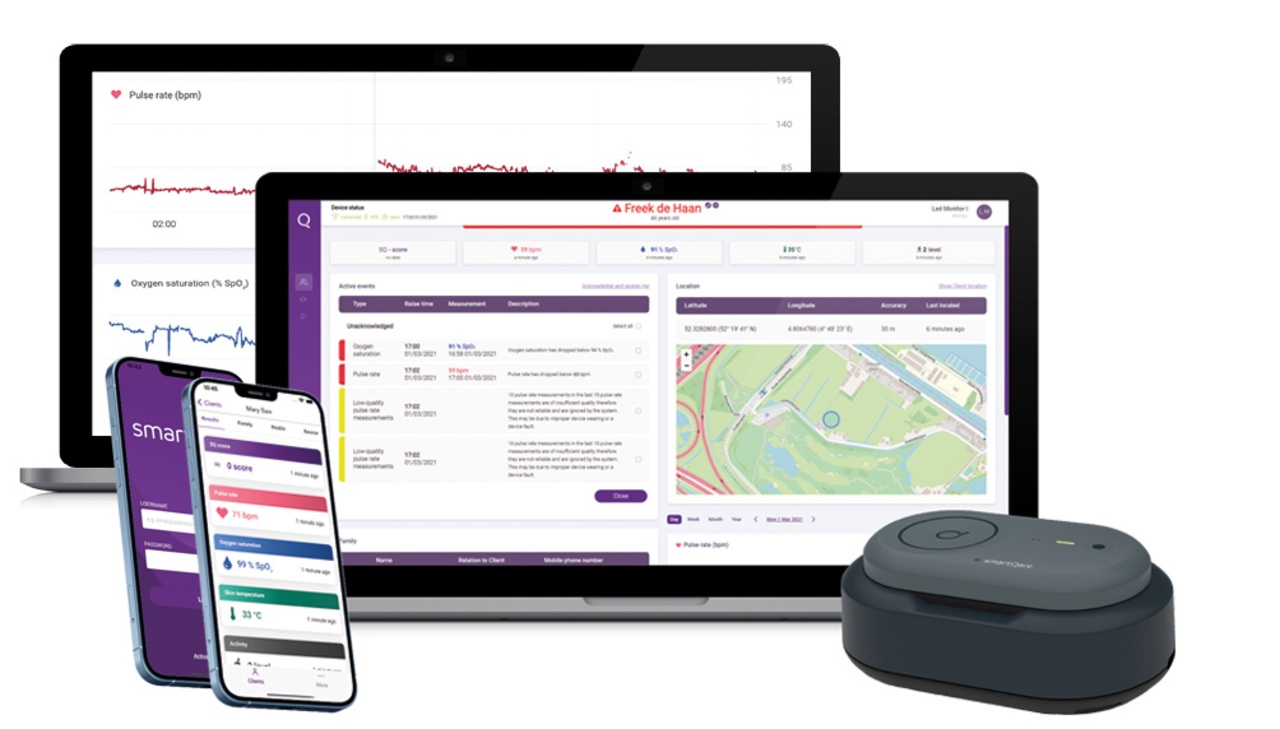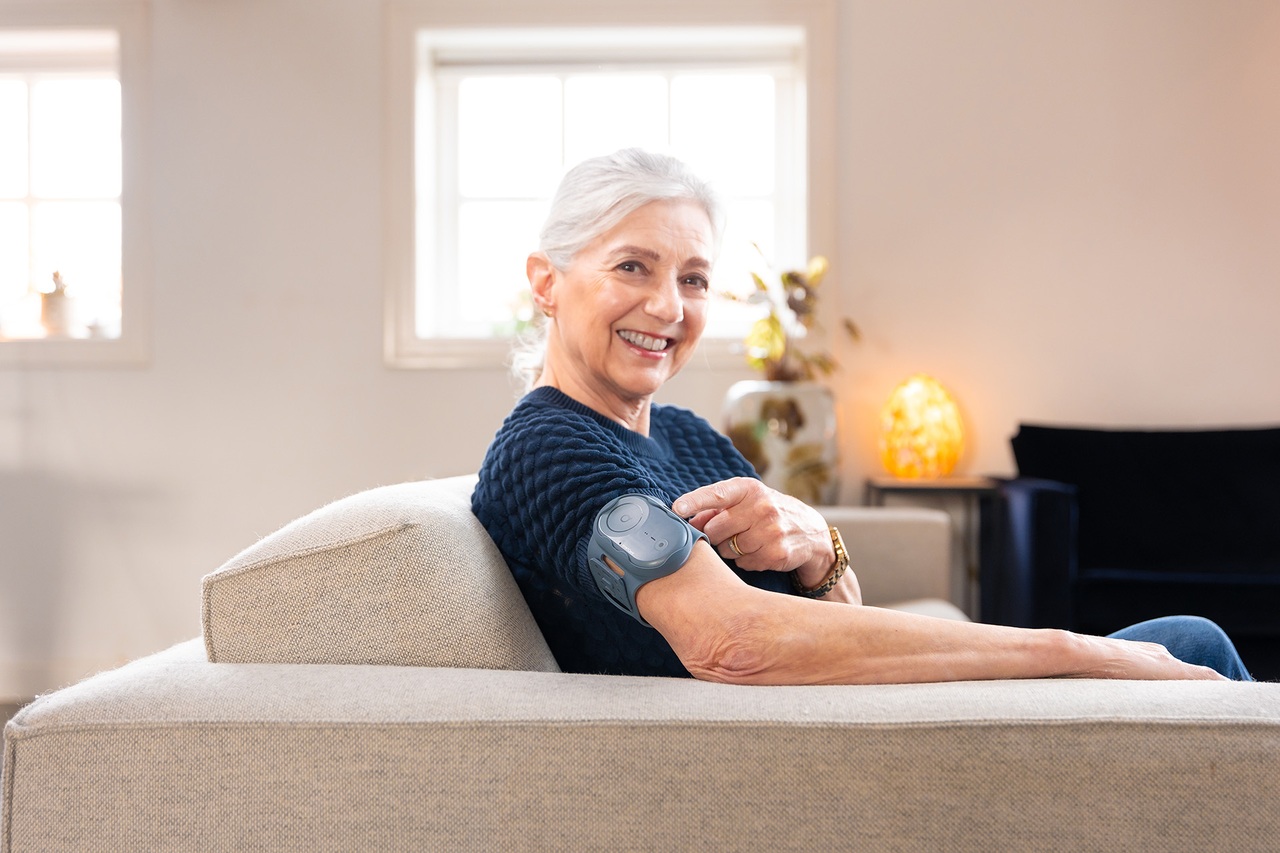in-hospital monitoring
rethinking patient monitoring in hospitals
For decades, hospitals have relied on periodic spot checks to monitor patients in general wards, typically conducted three to six times a day by nurses. While this has been the standard approach, it presents critical gaps in patient safety and efficiency. A patient discharged from the ICU—where they receive continuous monitoring—is suddenly subject to intermittent checks, increasing the risk of undetected deterioration. If subtle signs of clinical decline go unnoticed between measurements, intervention is delayed, potentially leading to complications, prolonged recovery, or even ICU readmission.
Moreover, this manual process is time-consuming, with each assessment taking up to 15 minutes per patient. In understaffed healthcare environments, these routine checks consume valuable time that could be dedicated to direct patient care. Spot checks also provide only momentary snapshots of patient vitals, making trend recognition difficult, and frequent nighttime measurements can disrupt patient sleep, further hindering recovery.
a smarter approach: continuous, real-time monitoring
smartQare transforms in-hospital monitoring with automated, continuous tracking of vital signs. By eliminating the reliance on intermittent measurements, smartQare’s solutions provide a complete picture of a patient’s health, allowing clinical teams to detect deterioration early and intervene proactively.
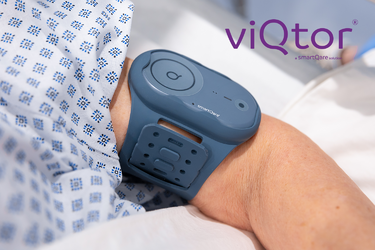
viQtor
real-time insights with seamless integration
viQtor is a wearable device designed to provide continuous monitoring of heart rate, respiratory rate, and oxygen saturation using photoplethysmography (PPG). Worn comfortably on the upper arm, it integrates seamlessly into hospital workflows without interfering with bandages, IV lines, or tubes.
- provides real-time updates to healthcare teams, allowing for swift clinical decisions.
- calculates a continuous early warning score (cEWS), helping identify subtle changes before they become critical.
- minimizes the need for manual spot checks, reducing nurse workload while improving patient safety.
Healthdot
proactive patient monitoring
Healthdot, a lightweight biosensor worn on the chest, continuously measures heart rate and respiratory rate, enabling a reduced early warning score (rEWS) to track patient conditions in real time. It is particularly valuable for general ward patients requiring proactive monitoring and those transitioning to home-based recovery.
With smartQare’s solutions, hospitals can optimize their workflows, improve early detection of deterioration, and enhance patient recovery—ensuring that every second counts when it comes to patient safety.
